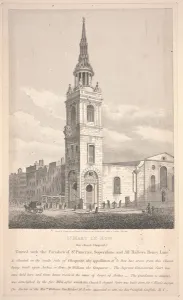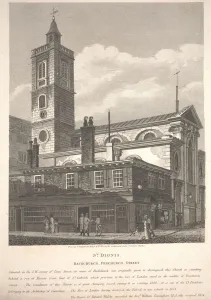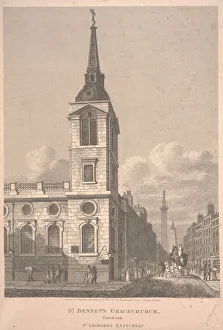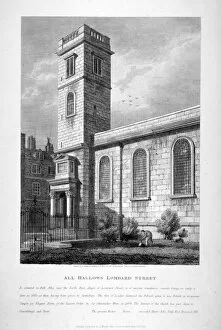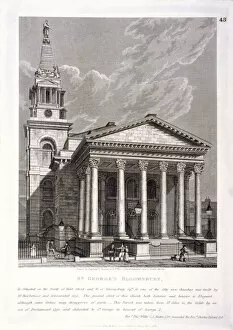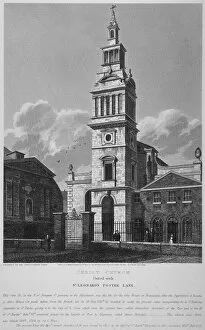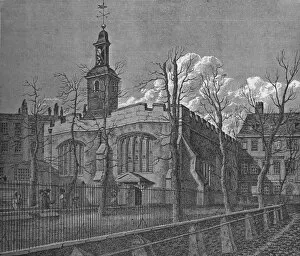William Wise Collection
William Wise was a talented artist and engraver who left his mark on the streets of London in the early 19th century
All Professionally Made to Order for Quick Shipping
William Wise was a talented artist and engraver who left his mark on the streets of London in the early 19th century. His etchings captured the beauty and grandeur of iconic landmarks such as St. Mary Le Bow, St. Dionis Backchurch, and St. Bennets Gracechurch. In 1812, William Wise immortalized the magnificent North Front of Sion College on London Wall as it appeared in 1800. His attention to detail brought this architectural gem to life once again. The Lock Hospital in Kingsland Road, Hackney, London also caught Wise's artistic eye in 1815. He skillfully depicted its west view with precision and finesse. Wise's talent extended beyond buildings; he also captured the essence of entertainment venues like The Pantheon Theatre on Oxford Street in Westminster. In 1815, his artwork showcased this bustling hub of performances and excitement. The Falcon Tavern on Bankside, Southwark was another subject that piqued William Wise's interest around 1805-1811. His depiction provided a glimpse into its vibrant atmosphere during that period. St Helens crypt at Bishopsgate became an inspiration for Wise's artistry in 1817. With intricate strokes, he portrayed this sacred space with reverence and respect. Continuing his exploration of ecclesiastical architecture, Wise turned his attention to the Church of St Helen at Bishopsgate in the same year. His southwest view revealed its majestic presence within the City of London. Guildhall Chapel held historical significance for Londoners throughout centuries past; however, it was through William Wise's lens that we can witness its original dedication once more in 1815. Lastly, but certainly not least important is The Fortune Theatre located on Golden Lane within the City of London - an establishment that fascinated both locals and visitors alike during its time under William Shakespeare’s patronage (1599-1603).

